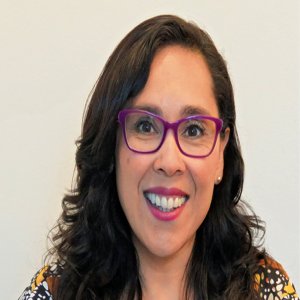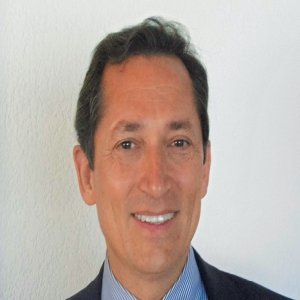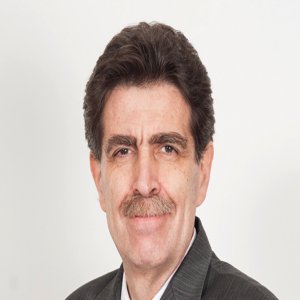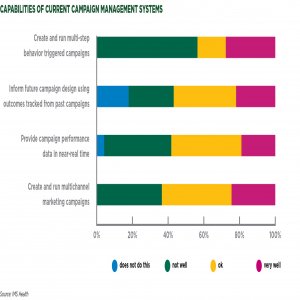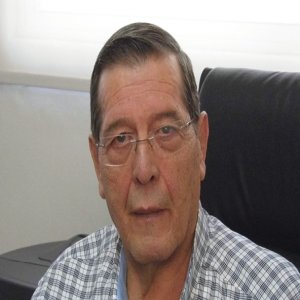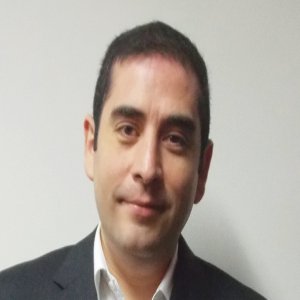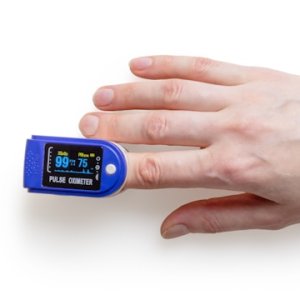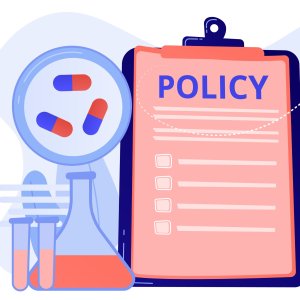Digitalization Traditional Medical Publishing

STORY INLINE POST
Q: Across seven decades of experience, how has the company evolved to the present day?
A: The company was created in 1942, with goal of creating the Mexican equivalent of the Vidal pharmaceutical dictionary which was unavailable in Mexico at the time. In this single compilation, the entire industry’s drugs are listed by name, as well as common questions about the drug, its interactions, their combinations, and their chemical form. PLM has changed substantially from 1942 to the present date. Now we are a multinational company, and our headquarters in Mexico are managing offices in Central America, Colombia, Ecuador, and Peru. We have also invested in Venezuela and Chile. What has not changed is that we are still the number one source for doctors looking for pharmaceutical information. Doctors trust PLM to be neutral and unbiased by commercial pressures. This is why we work with 72% of doctors in the region. With 74 years of experience behind us, several generations of doctors have worked with PLM which amounts to millions of patients treated using our information.
Q: How important is it for PLM to remain neutral in the delivery of information?
A: Doctors do now come to us seeking advice on specific products. They come for the most up-to-date, accurate information available, in a convenient layout. Since the beginning PLM has collected information on the pharmaceutical industry without ever launching a single original product into the market. This is crucial for our neutrality. Doctors listen to their patients, and then consult us. We notice that whenever a public health campaign is launched, the hits on our website and apps soar, because doctors turn straight to us for guidance.
Q: What inspired your decision to start producing apps and begin digitalization?
A: It was based on a change in accessibility trends. Content is key in this industry, in print publishing and in the digital world. As long as you have solid content, you will be read, regardless of whether you produce an app, a website, or a book. All of our content has been regularized by the appropriate agencies of individual countries in our region, and since we list what a doctor can and cannot prescribe, we act as a legal instrument. Quality is vital, but so is layout. For a book to be user-friendly and add value it needs to be navigable. The PLM Medical Dictionary’s index, for instance, allows you to use five pages to scan 5,000. We applied this same principle to our website; our search engine algorithms are engineered to make the medical researchers’ job straightforward. The beauty of today’s metadata management technology is that you can link information in one place with thousands, even millions of articles worldwide. Technology has moved the patient to the center of the medical ecosystem. Patients are more aware of what is happening within their body, what medicines they are taking, and this increases their consumer power. In the past, if a doctor told a patient that they need methadone they would take it regardless of whether they know what it is or not.
The doctor’s role remains important so our information is written in the language of the doctor, and this must be translated for our patients. Without knowledge of certain terms, the situation may be dangerous. Self-medication happens a lot in Mexico, with antibiotics for example until recently, to the point that it poses a public health risk. Irregularities do exist in the supply of certain drugs. Additionally, the chronic diseases faced today such as diabetes, obesity, and heart problems, require medical treatment over a lifetime, which is more doctor-oriented.
Q: How do you perceive Mexico’s position in the trend of digitalizing services? Is its implementation realistic here?
A: As the leader in health, the public sector must develop a better understanding of the digital world for this to happen. Their role is to standardize practice, such as the electronic medical prescription. The Ministry of Health may issue many norms, but these do not describe what is truly happening in the world. In terms of health in the digital age, interoperability is the name of the game. In Spain, for example, provinces currently log electronic patient records. The same discussion around interoperability between federal and state health services is beginning to happen in the US. They too are discussing ways to make the health system interoperable, as this is how health will be financed in the future.
Q: Has your human capital hiring changed with the business’ own changes in direction?
A: IT is the largest department in our company, with 20 members. We have also replaced our Clinical Pharmacy Practitioner writers with a dedicated laboratory for research and information. The staff of this library has specialized Master’s degrees in Scientometrics, with qualifications in information searching and procurement, database structuring, and ontology engineering. This is a huge change for our company. The trend toward Internet use minimizes competition with other Mexican companies producing similar books. Language will not be a barrier much longer, when computers can translate complex technical scientific texts and even slang without difficulty.
Q: Do you have plans for expansion in the near future?
A: Our expansion depends on technology. At present, we are a best-practice company for IBM’s software, hardware, and cloud technology, contributing to conferences on our use of the software. Once we roll the format out across the board we will be able to enter any market with ease. In just two years, we have registered 180,000 doctors operating in the region, so momentum is building. However, Apple, Samsung, Oracle, and many other technology companies have extensive health branches, none of which reach Mexico, a market containing millions of people, because it is “too small” or “not ready.” To get the market ready, all that is needed is organization. The US invests approximately US$40 billion in health technology, spread across imaging, radiology, and IT systems. In Mexico, the figure is much smaller: we work with some small startups, generally from Spain or the US, to whom we sell our databases on demand. Few of these clients, however, see any attraction in entering the Mexican market.
Q: What are your more significant priorities for the following year?
A: Our center of gravity has shifted from being a publisher to a digital means of distributing information. Our target is to complete that shift by the end of this year. We will not yet invest in hospitals with the app as it is a huge ERP investment, but we are managing small-scale investments first. Earlier this year, we launched a combination pharmaceutical product for hospitals, which is intended to boost patient hydration. Our next step is to ensure that the drug is correctly administered. Setting dosage is one step, and the possibilities for duplicity (two drugs replicating the same effect) and counter interactions is the next.
Q: Do you share the data that you obtain from doctors’ search patterns of physicians?
A: We share this data with our clients in the pharmacy industry as a value added service. The information includes the number of, for example, gastroenterologists who have consulted a product’s article on the app and site, and when they did so. The time data is particularly important if there has been a sales drive or a public health campaign, for instance. We have logged 220 million searches since the launch of our database in 2012, mainly from our regional countries. Our meetings used to concern publishers, printers and front covers for our books, but now we ask about how we can make navigation quicker and easier, to cope with our database’s averages of 2,500 users per second, for instance. Technology will change the way we sell, distribute, and seek out medical help.
